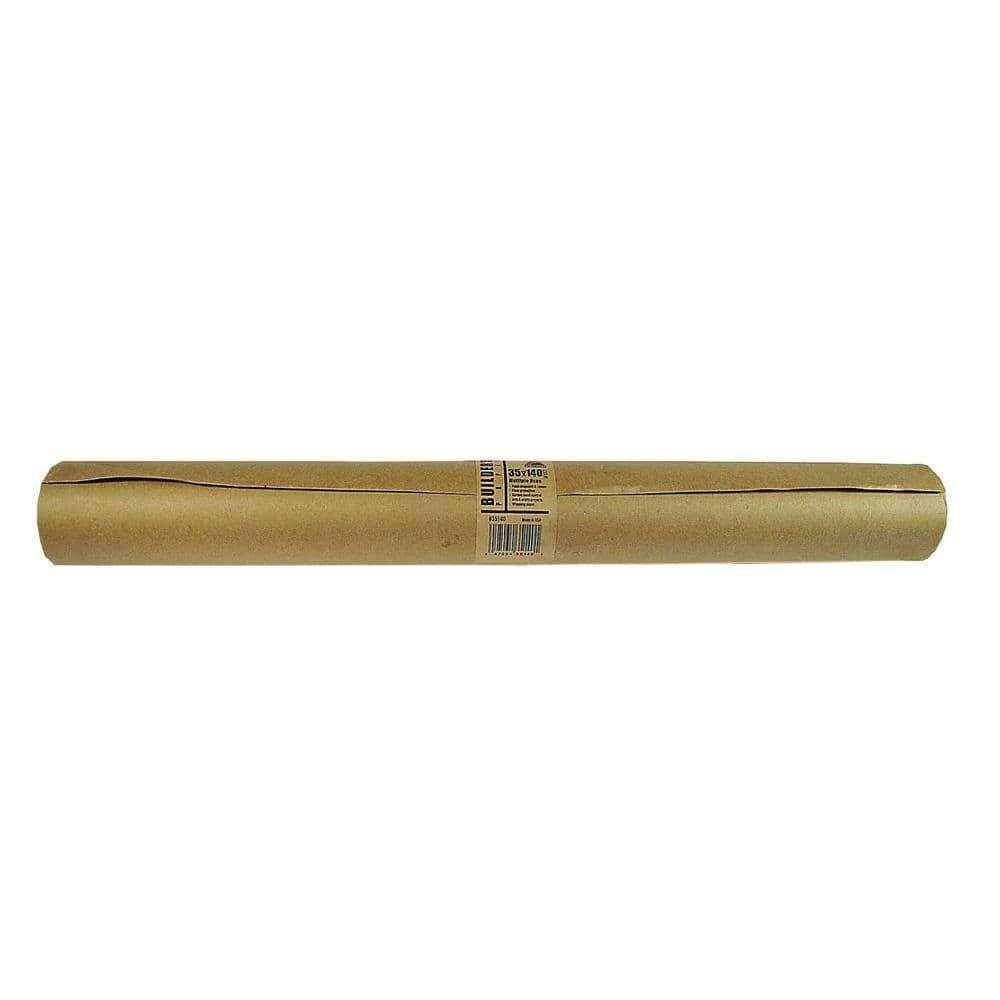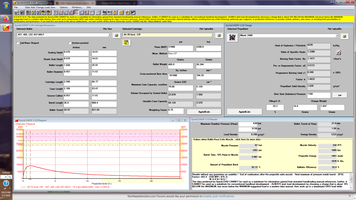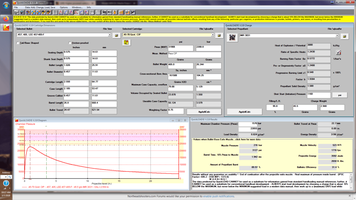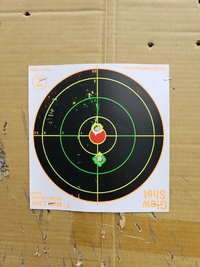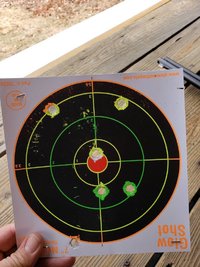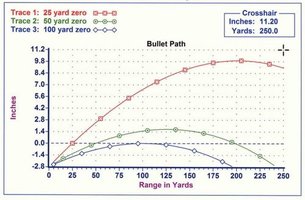peterk123
NES Member
This has to do with my new beloved Marlin 1895 45-70. I got the fiber optic sight on the front and the skinner peep on the rear. Great set up. I no longer have sight issues. But, let's talk loads. At 50 yards the 24 grains of 2400 is right on. Nice grouping. As for the 45.5 grains of 3031, well it is a totally different story. At 50 they shoot low. I am shooting off of bags. I am taking the hit. And let me tell you, after ten rounds I am feeling it. I can't even say it is a consistent group, yet. I need a larger piece of paper to really figure where these things are going, but they are low. Any ideas on why they would shoot five inches lower than my soft rounds? I think I may back off on the load and see if it makes a difference. Pete

